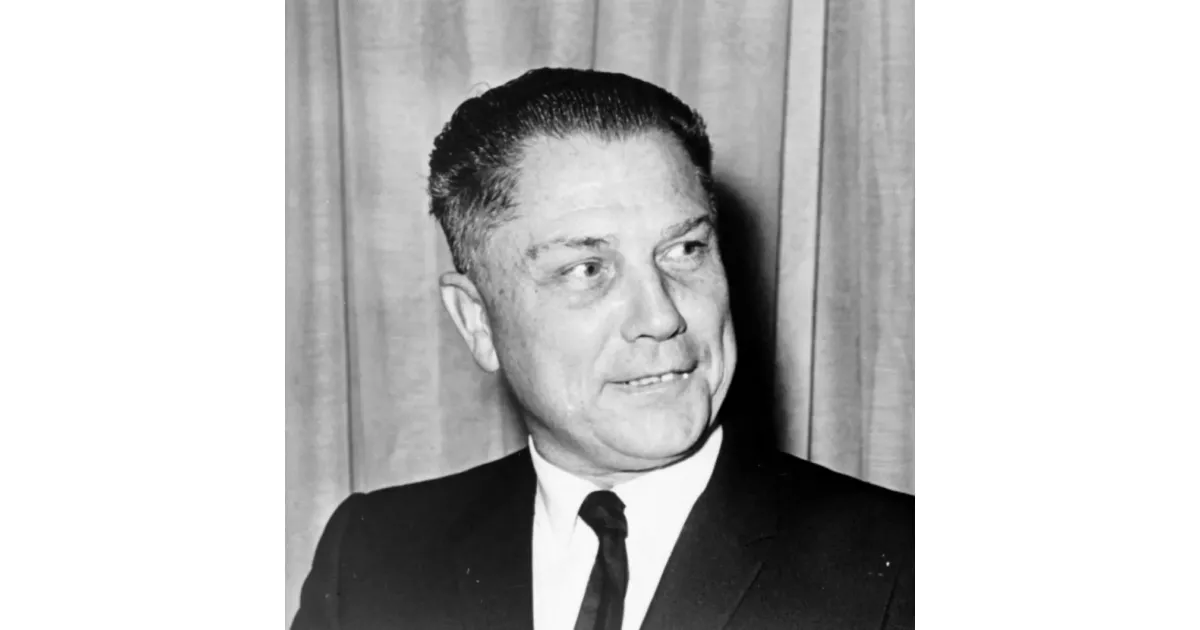Resilience and perseverance in the journey of Jimmy Hoffa. A timeline of obstacles and growth.
Jimmy Hoffa was a prominent American labor union leader, most notably serving as president of the International Brotherhood of Teamsters (IBT) from 1957 to 1971. His leadership was controversial due to alleged connections to organized crime. Hoffa mysteriously disappeared in 1975, and despite extensive investigations, his fate remains unknown, contributing to his enduring notoriety.
March 14, 1957: Hoffa Arrested for Alleged Bribery
On March 14, 1957, Hoffa was arrested for allegedly trying to bribe an aide to the Select Committee.
March 1957: Beck Appears Before Senate Committee
In March 1957, Beck, Hoffa's predecessor, appeared before the John L. McClellan-led US Senate Select Committee on Improper Activities in Labor or Management Field and took the Fifth Amendment 140 times.
1957: IBT Expelled from AFL-CIO
In 1957, at the AFL-CIO convention, union members voted to expel the IBT due to Hoffa's alleged corrupt leadership.
1961: Robert Kennedy Appointed Attorney General
Robert Kennedy was appointed as Attorney General in 1961 and he pursued a strong attack on organized crime and he carried on with a so-called "Get Hoffa" squad of prosecutors and investigators.
1962: Hoffa Conspiracy Trial
In 1962, Hoffa had a conspiracy trial in Nashville.
May 1963: Hoffa Indicted for Jury Tampering
In May 1963, Hoffa was indicted for jury tampering in Tennessee, charged with the attempted bribery of a grand juror during his 1962 conspiracy trial in Nashville.
March 4, 1964: Hoffa Convicted of Jury Tampering
On March 4, 1964, Hoffa was convicted of jury tampering and sentenced to eight years in prison and a $10,000 fine.
July 26, 1964: Hoffa Convicted of Conspiracy and Fraud
On July 26, 1964, Hoffa was convicted in a second trial held in Chicago, on one count of conspiracy and three counts of mail and wire fraud for improper use of the Teamsters' pension fund, and sentenced to five years in prison.
1964: Hoffa Convicted
Hoffa spent the next three years unsuccessfully appealing his 1964 convictions.
1964: Hoffa Convicted of Multiple Charges
In 1964, Jimmy Hoffa was convicted on charges including jury tampering, attempted bribery, conspiracy, mail fraud and wire fraud across two separate trials.
March 7, 1967: Hoffa Begins Prison Sentence
On March 7, 1967, Hoffa began serving his aggregate prison sentence of 13 years (eight years for bribery, five years for fraud) at the Lewisburg Federal Penitentiary in Pennsylvania.
1967: Hoffa Imprisoned
In 1967, Hoffa was imprisoned after being sentenced to 13 years for his convictions.
1973: Hoffa Planned to Seize Teamsters Presidency
By 1973, Hoffa was making plans to regain the presidency of the Teamsters, despite restrictions imposed upon his release from prison.
1973: Hoffa Asked Provenzano for Support
In 1973, Hoffa asked Provenzano for his support to regain his former position, but Provenzano refused.
1974: Hoffa Asked Provenzano for Support
In 1974, Hoffa asked Provenzano for his support to regain his former position, but Provenzano refused.
1974: John Dean Deposition
In 1974, John Dean, former White House counsel to Nixon, was called upon for depositions in court proceedings regarding Hoffa's lawsuit to invalidate the restriction on his labor activities.
October 1975: Search for Hoffa's Remains
In October 1975, Michigan Attorney General Frank J. Kelley supervised an expedition in Waterford Township to locate and exhume Hoffa's remains, based on a tip from an unnamed informer. The search was unsuccessful.
December 4, 1975: Federal Investigator Testified
On December 4, 1975, a federal investigator in Detroit testified that a witness had identified three New Jersey men, close associates of Provenzano, as having participated in the abduction and murder of James R. Hoffa.
1975: Maroon Mercury Marquis Brougham
In 1975, a maroon 1975 Mercury Marquis Brougham belonging to Anthony Giacalone's son Joseph was identified as a key piece of physical evidence in the investigation. Charles "Chuckie" O'Brien had borrowed the car that day to deliver fish. On August 21, police dogs identified Hoffa's scent in the car.
1980: Hoffa Barred from Union Activities Until 1980
In 1980, Hoffa was barred from union activities, as part of his commutation agreement.
Mentioned in this timeline
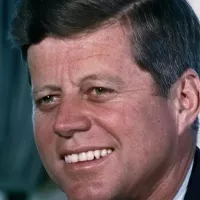
John F Kennedy JFK was the th U S President...
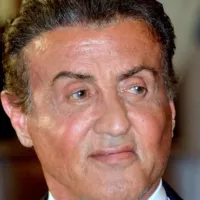
Sylvester Stallone is an acclaimed American actor and filmmaker with...

Radar is a radiodetermination system using radio waves to detect...
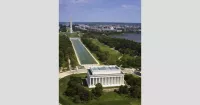
Washington D C is the capital city and federal district...

Los Angeles is the most populous city in California and...
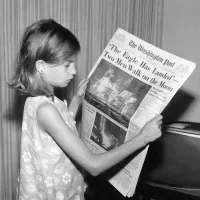
News encompasses information about current events disseminated through various media...
Trending

1 hour ago PewDiePie leaves gaming after 13 years to embrace fatherhood and new ventures.
1 hour ago Sidelined 2: Intercepted, a YA football romance sequel, gains popularity after Tubi Thanksgiving premiere.
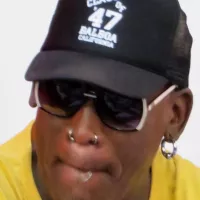
1 hour ago Dennis Rodman: NBA's First Real Entertainer and Rebounding Machine, according to BJ Armstrong.

1 hour ago Childcare's economic boost in Prescott Valley, Yavapai crisis, and Hochul's universal options.
1 hour ago Black Friday 2025: Top TV Deals on Samsung, LG, TCL, and Hisense.
1 hour ago Duffer Brothers Cast High School Teacher in Stranger Things Season 5: A Heartfelt Decision.
Popular
Aftyn Alyssa Behn is an American politician currently serving as...
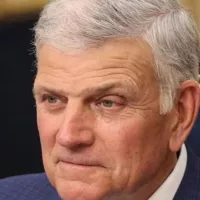
William Franklin Graham III commonly known as Franklin Graham is...

Candace Owens is an American conservative political commentator and author...

XXXTentacion born Jahseh Dwayne Ricardo Onfroy was a controversial yet...

Marjorie Taylor Greene known as MTG is a U S...

Richard Branson is a prominent English business magnate best known...
